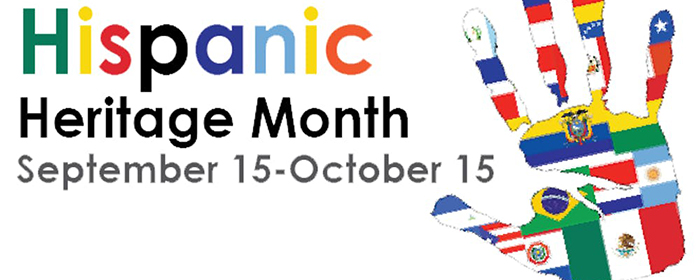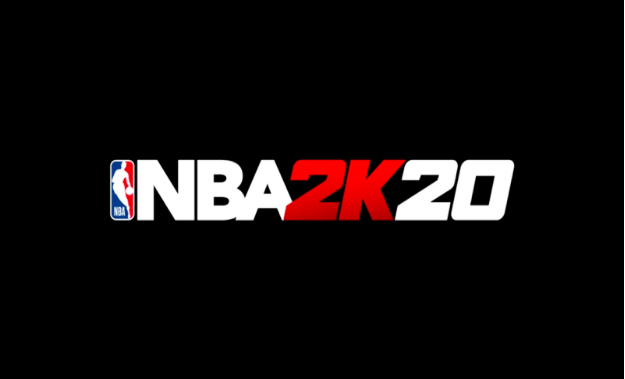By Anton Belosludtsev
Pokémon Go, Clash Royale, Candy Crush. They all work more similarly that you might think.
Mobile gaming recently exploded into an industry that many companies attempted to expand into. Because of the limited computational capabilities of mobile devices in addition to the casual nature of most players, a pattern began to emerge in mobile gaming. To serious online gamers, the culture of mobile gaming gives a bad name to them.
Some titles, like Clash of Clans/Clash Royale have taken the genre into a slightly more serious direction. Yet the problem at large still remains. Mobile gaming is available to a wide audience including the young, the old, and most oddly, the squeamish. This group of people are usually underrepresented in major gaming which is why their voice is not heard and games not reflective of it (Nintendo being the exception). This brings their attention towards games that do, which also happen to be in the world’s most accessible device: mobile phones.
The casual mindset bred a new monetary policy. A policy where microtransactions would be a quick and easy solution for those not willing to spend too much time on a little game. This philosophy capitalizes on their customers’ low tolerance on “grinding” or performing mundane, repetitive tasks to progress in-game. In turn, the mentality of the players shaped the marketing and monetization of these games. Their addictive natures, with an emphasis on cash-grab mentality, came with the population of the player base.
This viscous cycle of players-developers-players is a serious proponent as to why so many people are glued to their phones. With one game gaining popularity, similar spin-offs gain traction and spread like a disease. These games explode in popularity and die off in a whimper. With a system as brutally efficient as this, it is unlikely the industry will change at all. As a word of advice: watch what you play and why you play.
Story continues below advertisement













